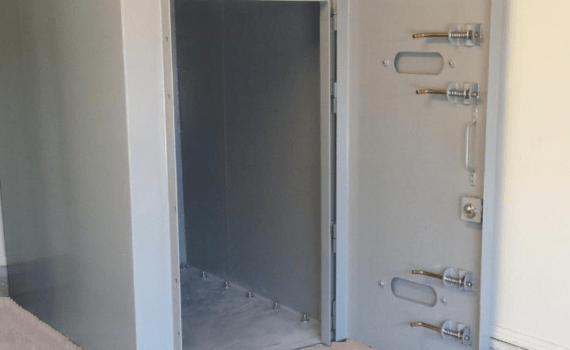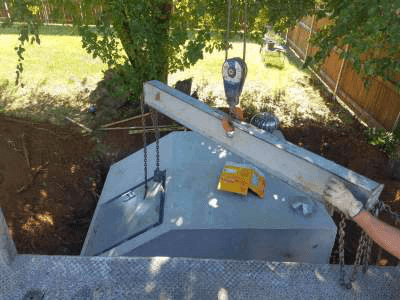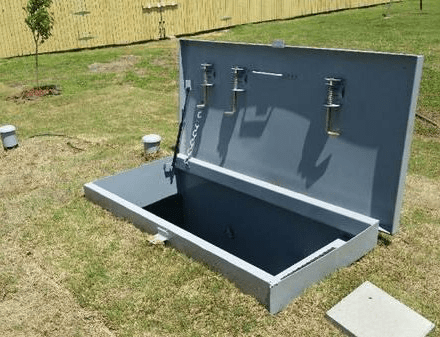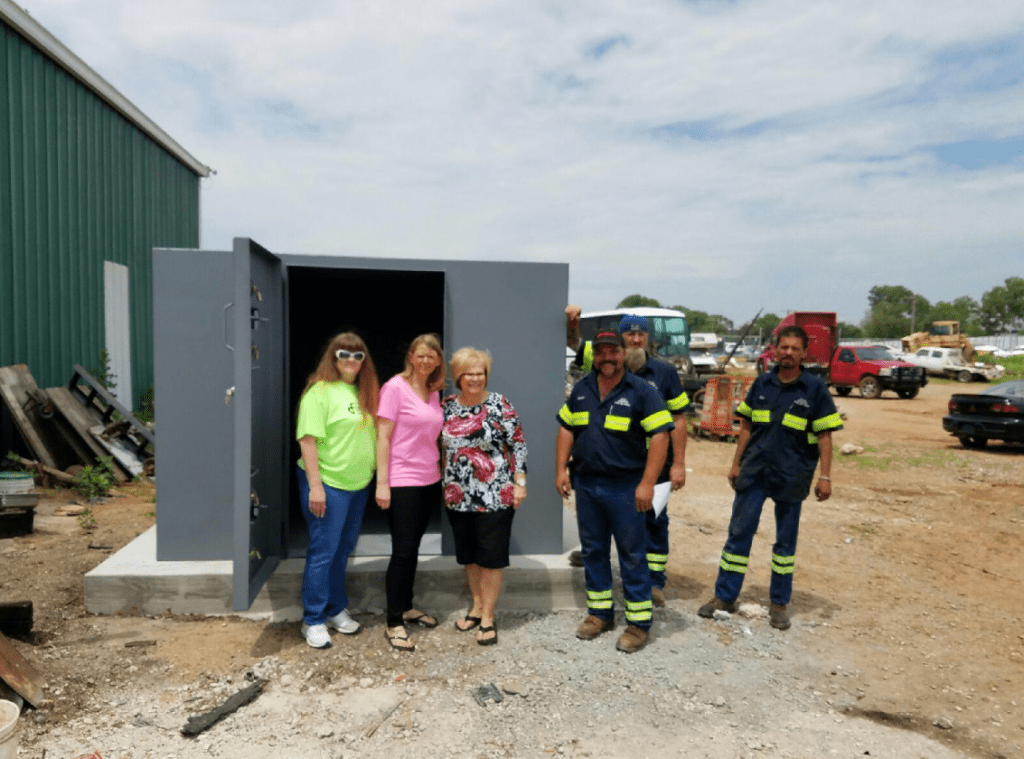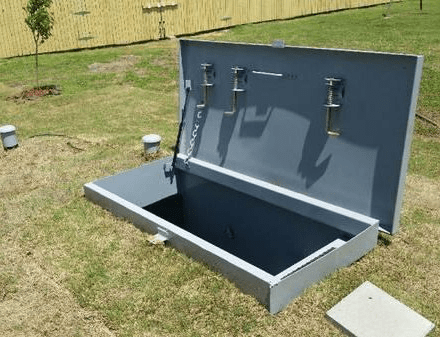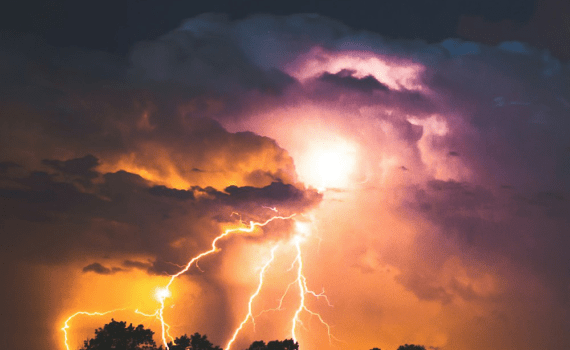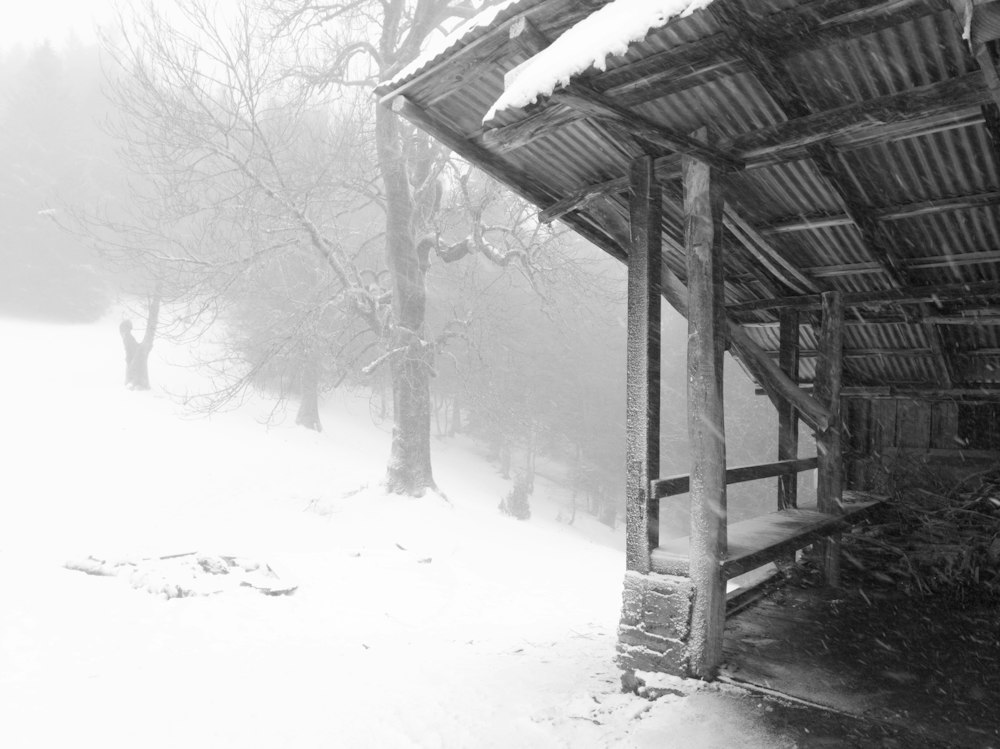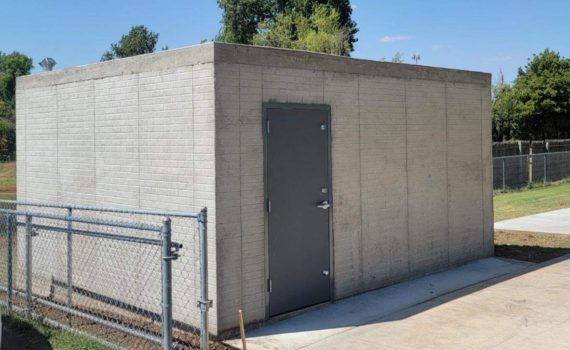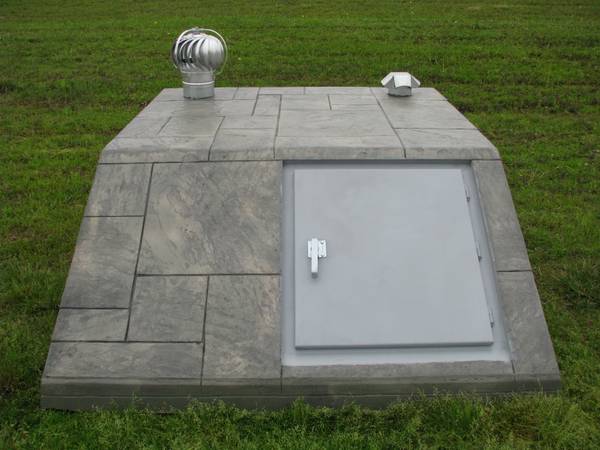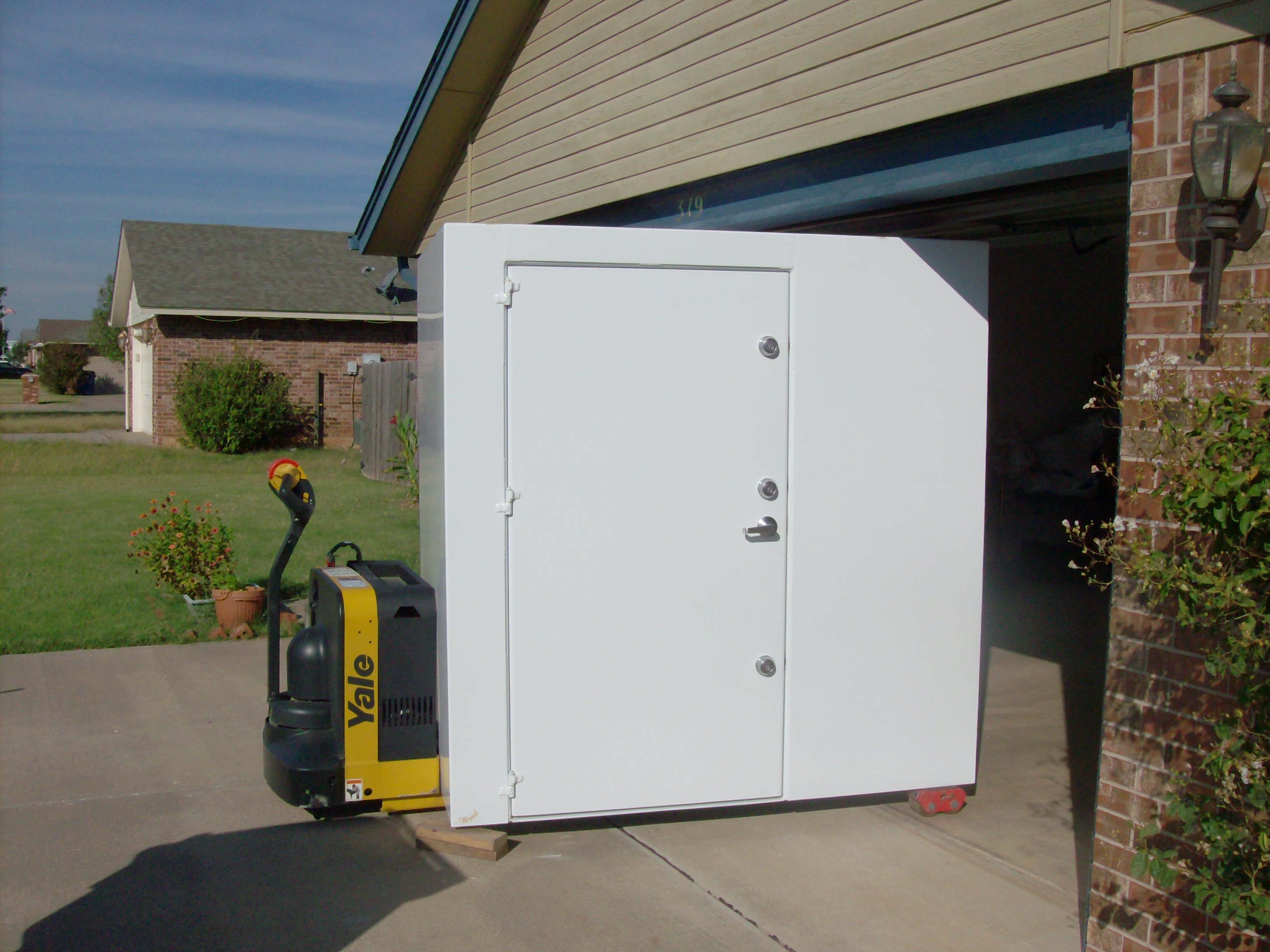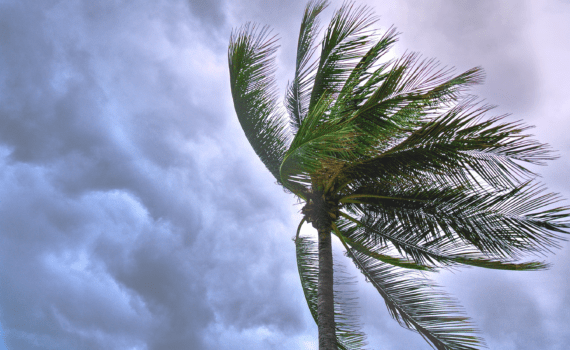
The Essential Storm Safety Checklist for Every Household
Category : Blog
Storms can strike unexpectedly, leaving devastation in their wake. Being prepared can mean the difference between safety and harm for you and your loved ones. Whether it’s a thunderstorm, hurricane, or tornado, having a solid storm safety plan in place is crucial. Here’s a comprehensive storm safety checklist to ensure your household is prepared for whatever nature throws your way.
1. Create a Storm Safety Plan
Develop a detailed plan outlining what to do before, during, and after a storm. Assign specific roles to each family member and establish a meeting point in case you get separated. Practice your plan regularly to ensure everyone knows what to do in an emergency.
2. Assemble an Emergency Kit
Gather essential supplies such as non-perishable food, flasks containing water, flashlights with extra batteries, first aid supplies, and necessary medications. Keep your emergency kit in a designated area that is easily accessible to all family members.
3. Secure Your Home
Inspect your property for potential hazards and secure loose objects that could become projectiles in high winds. Trim trees and shrubs, and reinforce windows and doors with storm shutters or plywood. Consider investing in a storm shelter or tornado shelter for added protection during severe weather.
4. Stay Informed
Monitor weather forecasts regularly and stay informed about approaching storms. Invest in a NOAA Weather Radio or download a reliable weather app to receive real-time alerts and updates. Sign up for emergency notifications from local authorities to stay informed about evacuation orders and other critical information.

5. Designate a Safe Shelter Area
Identify a safe shelter area within your home where you can take cover during a storm. Ideally, this area should be located on the lowest level of your home, away from windows, and preferably in a small, windowless interior room or closet.
6. Develop a Communication Plan
Establish a communication plan with family members, friends, and neighbors in case traditional communication channels are disrupted. Exchange contact information and establish a designated out-of-town contact person whom everyone can check in with to provide updates on their status.
7. Practice Electrical Safety
Unplug electrical appliances and electronics during storms to prevent damage from power surges. Avoid using electrical equipment such as computers or corded phones during thunderstorms, and never touch electrical equipment or cords if you’re wet or standing in water.
Are you ready to take the next step in ensuring your family’s safety during severe weather? Consider investing in a concrete storm shelter from Oklahoma Shelters. Our garage shelters for sale in OKC provide reliable protection against tornadoes and other extreme weather events. Don’t wait until it’s too late – contact us today to learn more about our concrete storm shelters and take the first step toward safeguarding your family’s future.

